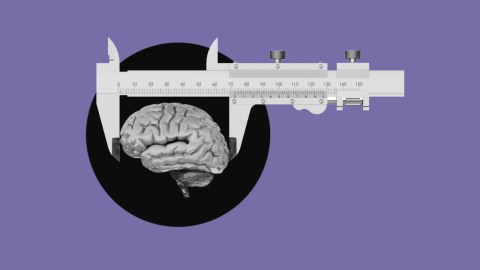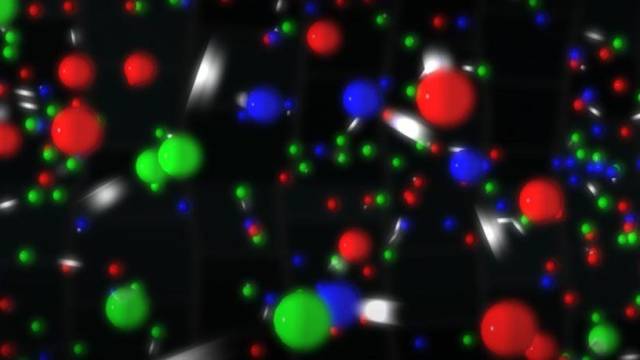Genetic changes linked to surface area explain why modern humans evolved bigger brains

- The surface area of the human cerebral cortex is more than three times the size of that of the chimpanzee.
- Neuroscientists have discovered that particular gene variants are linked to increases in brain surface area.
- The genetic differences are largely due to an increase in regulatory elements known as “enhancers.”
Changes in the size and organization of the brain distinguish the emergence of modern humans, but we know little about the genetic basis of these changes. Researchers in the Netherlands have now combined large-scale neuroimaging and genomics data to identify genetic variants associated with anatomy and development of the human brain.
The modern human brain
One feature that distinguishes the human brain from those of monkeys and apes is its size. Each hemisphere of the human cerebral cortex has a surface area of approximately 1,840 cm2, compared to approximately 600 cm2 for the chimpanzee, our closest living relative. Analyses of endocasts suggest that the cortical surface of Homo sapiens is dramatically expanded, and is shaped differently, compared to extinct hominin species.
These changes were likely accompanied by alterations in white matter tracts, the brain’s long-range connections. Together, they may have contributed to the emergence of language and other complex cognitive skills.
Gökberk Alagöz of the Max Planck Institute for Psycholinguistics in Nijmegen tried to confirm the results of a recent study that identified genetic variants associated with expansion of the human cerebral cortex, by examining brain scanning and genomics data from nearly 19,000 individuals, held at the UK Biobank. Their analyses failed to replicate the earlier findings. But the results suggest this may be because, while functions such as language usually depend on circuits that are localized within one brain hemisphere, the earlier study relied on measures that were averaged across both hemispheres.
With this in mind, Alagöz and his colleagues examined neuroimaging and genetic datasets from more than 30,000 individuals, focusing on 33 measures of regional and global surface area, and looking at each hemisphere separately. They also looked at diffusion MRI data to examine 48 different white matter tracts.
This large-scale neuroimaging genomics approach enabled them to identify genetic variants associated with the surface area of multiple brain regions and with the long-range connections both within and between the left and right hemispheres of the brain.
Genetics linked to brain size
Their analyses revealed that certain gene regulatory sequences associated with the surface area of left hemisphere speech and language regions are enriched in the developing human brain. They also discovered that genetic variants also found in Neanderthals made a far smaller contribution to connectivity of the left uncinate fasciculus, a white matter tract that connects the frontal lobe to the temporal lobe and is involved in language.
The findings, which are published in the Proceedings of the National Academy of Sciences, suggest that evolution of the human brain involved a gain of regulatory genetic elements in the genome. These
“enhancers” become active in the fetal human brain and function to influence the activity of genes that contribute to the surface area of the cortex, one of these being ZIC4, which is implicated in neurogenesis, or the production of new brain cells.





